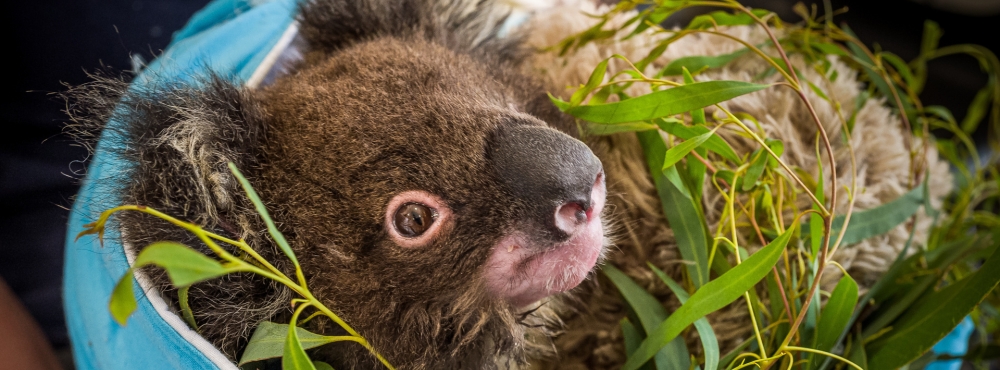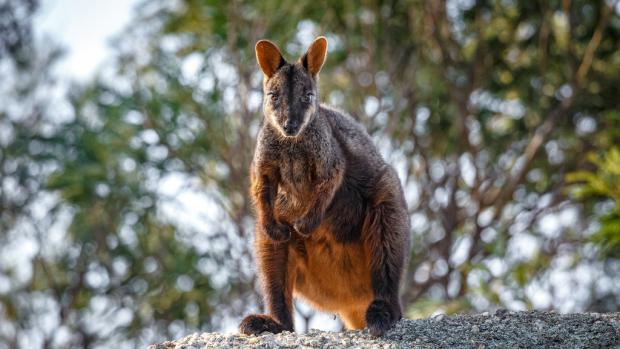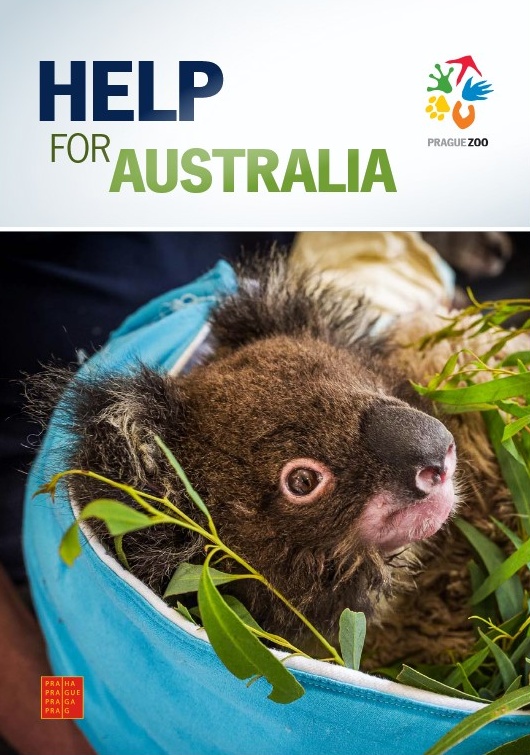Southern Brush-tailed rock-wallaby

The southern brush-tailed rock-wallaby (not a subspecies but an “evolutionarily significant unit”) used to be common in south-eastern Australia. Today, however, it is threatened by a number of factors.
 The southern brush-tailed rock-wallaby in Mt Rothwell. Photo: Miroslav Bobek, Prague Zoo
The southern brush-tailed rock-wallaby in Mt Rothwell. Photo: Miroslav Bobek, Prague Zoo
The brush-tailed rock-wallaby belongs to a large group of wallabies that, unlike the better-known red kangaroos, are adept at climbing trees and rocks thanks to their sharp claws and strong legs. During the day, they seek shelter in rock crevices, caves or under overhangs. They are especially active at dusk when they go out to graze. They live in territorial family groups, consisting of a dominant male and several related females with their young. A female usually raises just one joey per year.
The greatest threats to the brush-tailed rock-wallabies are currently habitat changes, food competition from domestic goats and sheep, and the negative impacts of introduced predators such as feral cats and, in particular, foxes. Last but not least, the loss of genetic diversity is a significant threat.
In the State of Victoria, the southern brush-tailed rock-wallaby is classified as a critically endangered species. The global population is estimated at fewer than 500 individuals, with more than 300 of them living in the private Mt Rothwell conservation reserve near Melbourne.
Our help
Organisation and area/facilities supported:
- Zoos Victoria – Healesville Sanctuary; Tidbinbilla
- Mt Rothwell – Mt Rose Sanctuary
Amounts contributed:
- AU$ 110,000 to Zoos Victoria
- AU$ 85,000 to Mt Rothwell
Prague Zoo began supporting Mt Rothwell primarily in relation to fire safety. However, it also contributes to the conservation of the southern brush-tailed rock-wallabies through Zoos Victoria. Through both of these Australian organisations, we aim to provide long-term support for the breeding programme and the establishment of new safe havens for the southern brush-tailed rock-wallaby.
Through Zoos Victoria, we contributed AU$ 110,000 (€ 67,942) for upgrading and extending breeding facilities at Healesville Sanctuary. We also supported the creation of a predator-proof natural enclosure in Tidbinbilla National Reserve and field research into possible future translocations.
Our support through Mt Rothwell, amounting to AU$ 85,000 (€ 50,864), was used to build another predator-proof haven for Australia’s threatened species, especially the southern brush-tailed rock-wallaby, as well as to fund research and monitoring activities. This site has been named Mt Rose Sanctuary, and by the summer of 2025, 36 individuals had been translocated there.
ZOOPRAHA.CZ
Contacts
- The Prague zoological garden
U Trojskeho zamku 120/3
171 00 Praha 7
Phone.: (+420) 296 112 230 (public relations department)
e-mail: zoopraha@zoopraha.cz
Others









